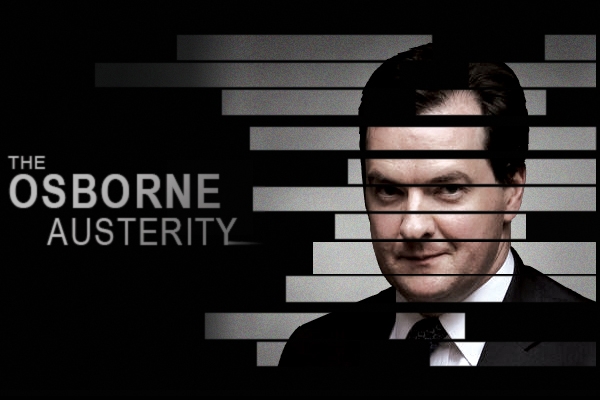Much is being made today of reports that George Osborne will drop his fiscal target in his autumn statement on 5 December. Isabel reported earlier that, faced with breaking his own rule, Osborne will abandon it rather than implement more cuts to meet it. All the fuss seems to stem from a note by Citi Reasearch last Friday. You can read the whole thing here, but here’s a summary.
Like Gordon Brown, Osborne has two fiscal rules. Neither says anything about eliminating the deficit, or even halving it. The first — called the ‘fiscal mandate’ — is ‘to balance the cyclically-adjusted current budget by the end of a rolling, five-year period’. It’s a moving target, simply requiring that at any time the government plans to eliminate the structural deficit within five years. So whereas in the last Budget Osborne had to show the structural deficit at zero by 2016-17, in the next one it only has to get there by 2017-18. But this isn’t the rule today’s reports are referring to.
It’s the second rule that Osborne will probably have to break: his so-called ‘supplementary target’, which is ‘to see public sector net debt falling as a share of GDP in 2015-16’. Crucially, this does not mean that debt will be falling. It just means that debt will rise at a slower rate than GDP will grow. So in March, the OBR had the Treasury on track to meet this target while still borrowing £52 billion in 2015-16. This allows the Treasury to play a verbal trick: to say it will be ‘cutting the debt’ even though it will actually be adding to it. You’d be surprised to hear how defensive the Chancellor’s team is when challenged on this.
Now, back to Osborne’s woes. It’s almost hard to believe now, but when Osborne first set that rule back in June 2010, the OBR predicted he would meet it with a year to spare, with debt falling from 70.3 per cent of GDP in 2013-14 to 69.4 per cent in 2014-15. But the forecast growth hasn’t materialised. Lower growth means not only a smaller denominator for the debt-to-GDP ratio, but also lower tax receipts, and hence more borrowing and more debt. On the OBR’s latest forecasts, Osborne will meet his target by a whisker:
The problem is, things now look even grimmer. The latest independent predictions for growth are much worse than the OBR’s March forecasts:
This means the OBR is certain to cut its forecasts (again) come December. And lower growth means bigger deficits:
And where will that leave Osborne’s all-important debt/GDP ratio? Well, Citi forecasts that it’ll rise to 85.2 per cent in 2014-15 and then — crucially — by another 4.8 points to 90 per cent in 2015-16, missing Osborne’s target by a wide margin. The IMF predicts we’ll miss it too, albeit less badly: it has debt rising from 78.8 per cent of GDP in 2014-15 to 79.7 per cent in 2015-16. While the OBR may not forecast as bad a miss as Citi does, it seems almost certain that it will forecast a miss.
Citi says that Osborne has a choice: to cut even more, or tear up his targets and feast on humble pie. It predicts he will do the latter.






Comments